Hoffmann bromamide reaction involves conversion of a carboxylic acid amide into an amine with a loss of a carbon atom on treatment with aqueous sodium hypobromite. Thus Hoffmann result in shortening of a carbon chain.
R−O∣∣C−NH2Br2−−−→NaOHR−NH2+NaBr+Na2CO3
Mechanism of the reaction is :

Which of the following will not give Hoffmann bromamide reaction. Solution in Kannada
CH3−O∣∣C−NH2



The correct Answer is:D
2∘ amide do not give Hoffmann.
Topper's Solved these Questions
- BOOK - MS CHOUHANCHAPTER - CARBENE AND NITRENE EXERCISE - LEVEL-25videos
CARBENE AND NITRENE
- BOOK - MS CHOUHANCHAPTER - CARBENE AND NITRENE EXERCISE - LEVEL-25videos
CARBENE AND NITRENE
- BOOK - MS CHOUHANCHAPTER - BIOMOLECULES EXERCISE - LEVEL - 25videos
BIOMOLECULES
- BOOK - MS CHOUHANCHAPTER - CARBOXYLIC ACID AND THEIR DERIVATIVES EXERCISE - LEVEL-2( SUBJECTIVE PROBLEMS)1videos
CARBOXYLIC ACID AND THEIR DERIVATIVES
Similar Questions
Match the column I and II.
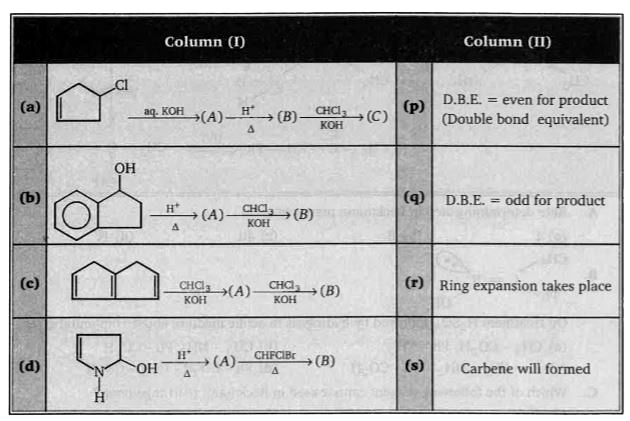 07:59View Solution
07:59View SolutionMatch the column I and II.
 07:59View Solution
07:59View SolutionMatch the colume (I) and Column (II). (Matrix)
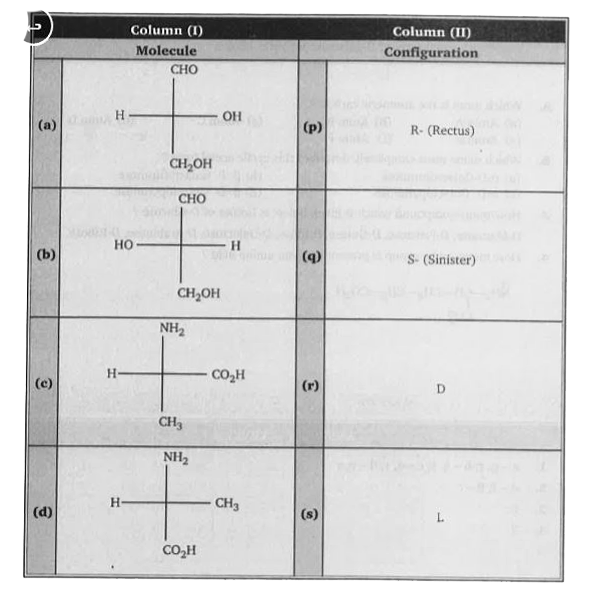 07:59View Solution
07:59View Solution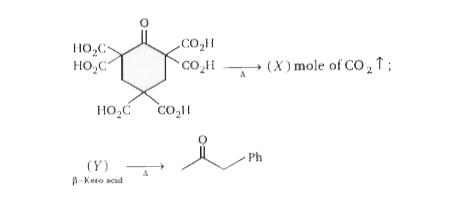
(Y) is including stereoisomers. Value of (X+Y) will be02:27View SolutionThe conversion of an amide by action of NaOH and Br_(2) to primary amine that has one carbon less than the starting amide is known as Hofmann-Bromamide reaction. R-overset(O)overset(||)(C)-NH_(2) underset("or NaOBr")overset(Br_(2)+NaOH)to R-NH_(2)+NaBr+Na_(2)CO_(3) Number of moles of NaOH consumed in a above reaction :
View SolutionThe conversion of an amide by action of NaOH and Br2 to primary amine that has one carbon less than
the starting amide is known as Hofmann-Bromamide reaction.
R−O∣∣C−NH2Br2+NaOH−−−−−−−→orNaOBrR−NH2+NaBr+Na2Co3
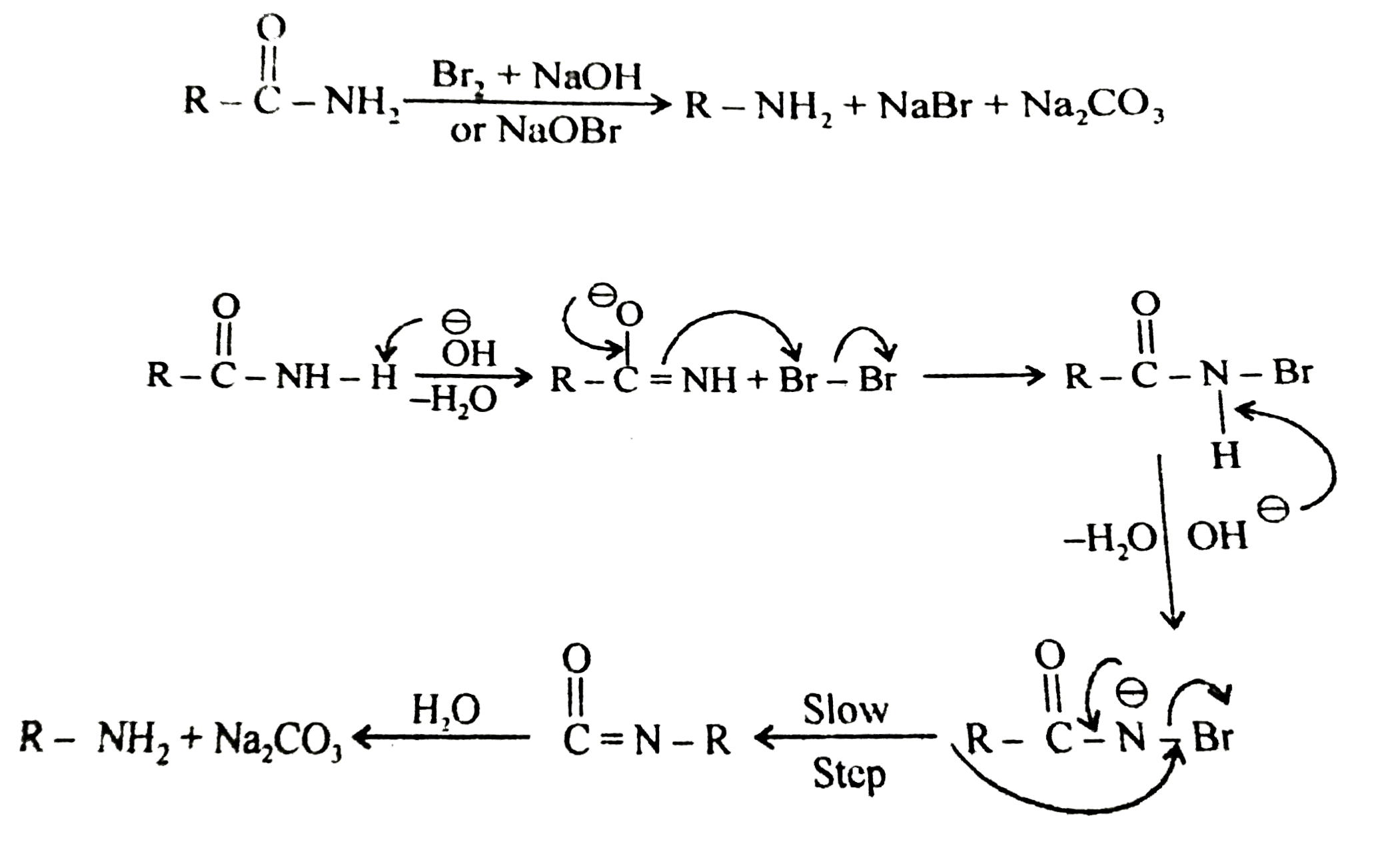
 NaOH−−−→BrX+Y
NaOH−−−→BrX+Y
Find X and Y:View SolutionThe conversion of an amide by action of NaOH and Br_(2) to primary amine that has one carbon less than the starting amide is known as Hofmann-Bromamide reaction. R-overset(O)overset(||)(C)-NH_(2) underset(orNaOBr)overset(Br_(2)+NaOH) rarr R-NH_(2)+NaBr+Na_(2)Co_(3) , Find out X :
View SolutionThe conversion of an amide by reaction NaOH and Br2 to primary amine that has one carbon than the strating amide is known as Hofmann-Bromoamide reaction.
R−O∣∣C−NH2Br2+NaOH−−−−−−−→orNaOBrR−NH2+NaBr+Na2CO3
Mechanism:
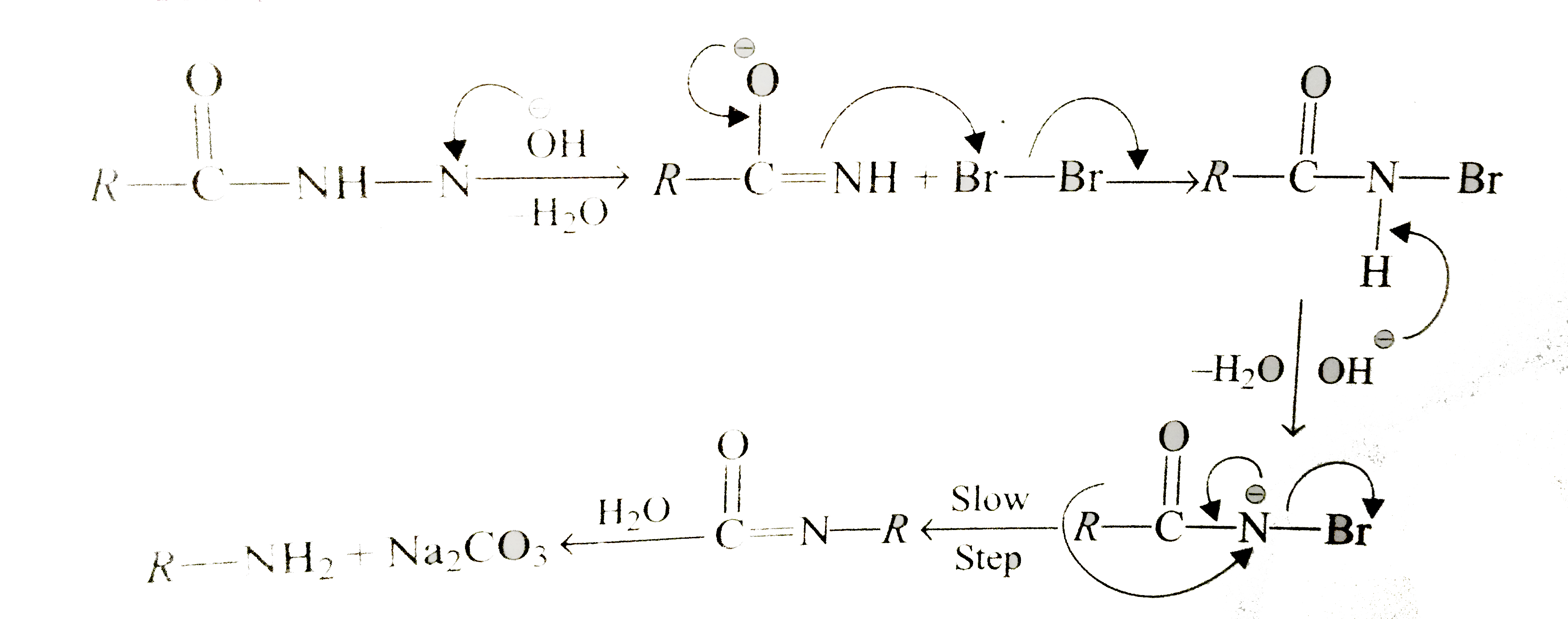
Number of moles of NaOH consumed in above reaction:View SolutionR−O∣∣C−NH2+xNaOH+Br2→R−NH2+2NaBr+Na2CO3+H2O
Number of moles of NaOH used in above Hoffmann bromamide reaction is :View SolutionHoffmann bromamide reaction involves conversion of a carboxylic acid amide into an amine with a loss of a carbon atom on treatment with aqueous sodium hypobromite. Thus Hoffmann result in shortening of a carbon chain.
R=O∣∣C−NH2Br2−−−→NaOHR−NH2+NaBr+Na2CO3
Mechanism of the reaction is :
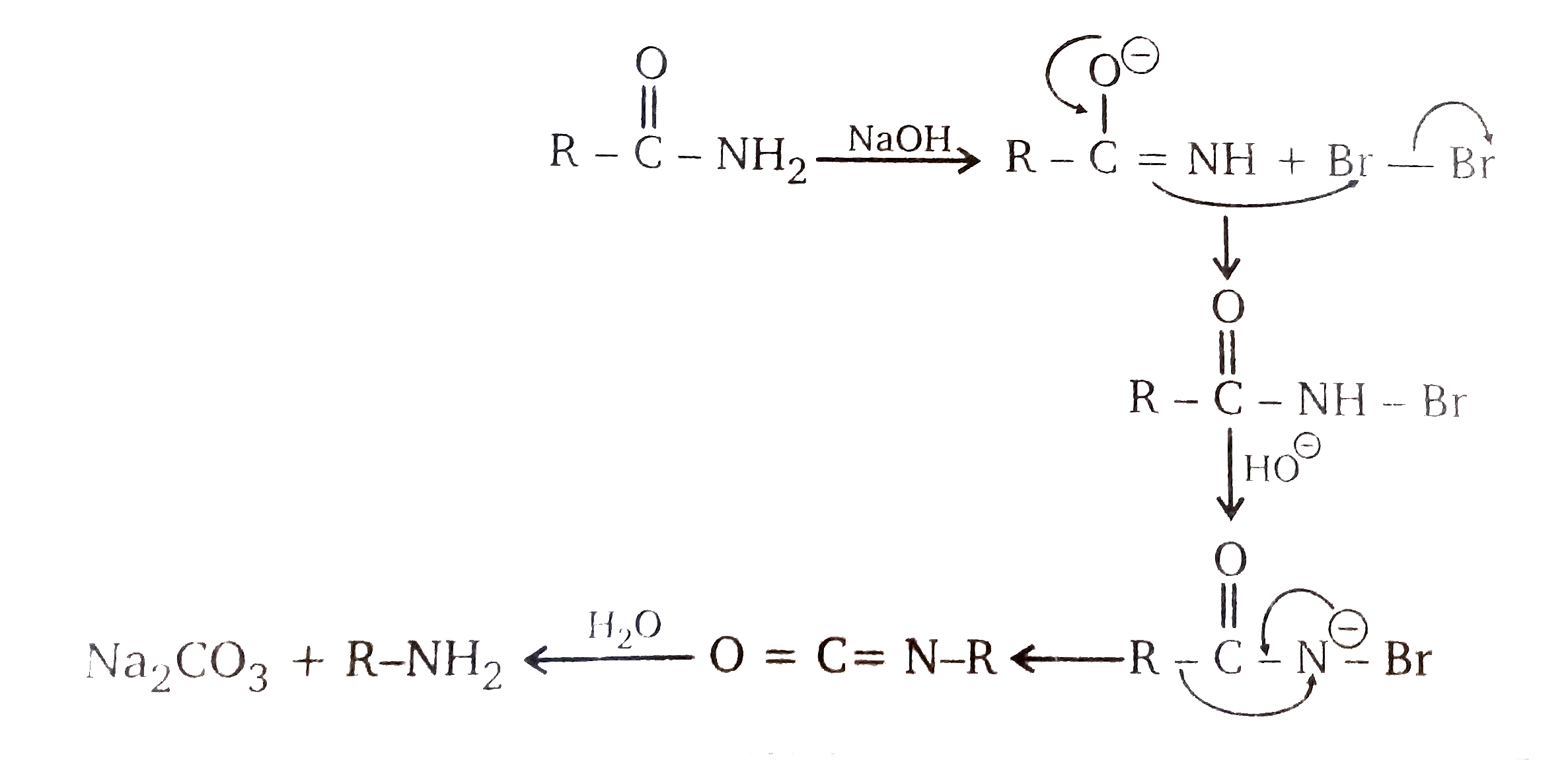
Number of moles of NaOh consumed in above reaction.06:10View SolutionHoffmann bromamide reaction involves conversion of a carboxylic acid amide into an amine with a loss of a carbon atom on treatment with aqueous sodium hypobromite. Thus Hoffmann result in shortening of a carbon chain.
R=O∣∣C−NH2Br2−−−→NaOHR−NH2+NaBr+Na2CO3
Mechanism of the reaction is :
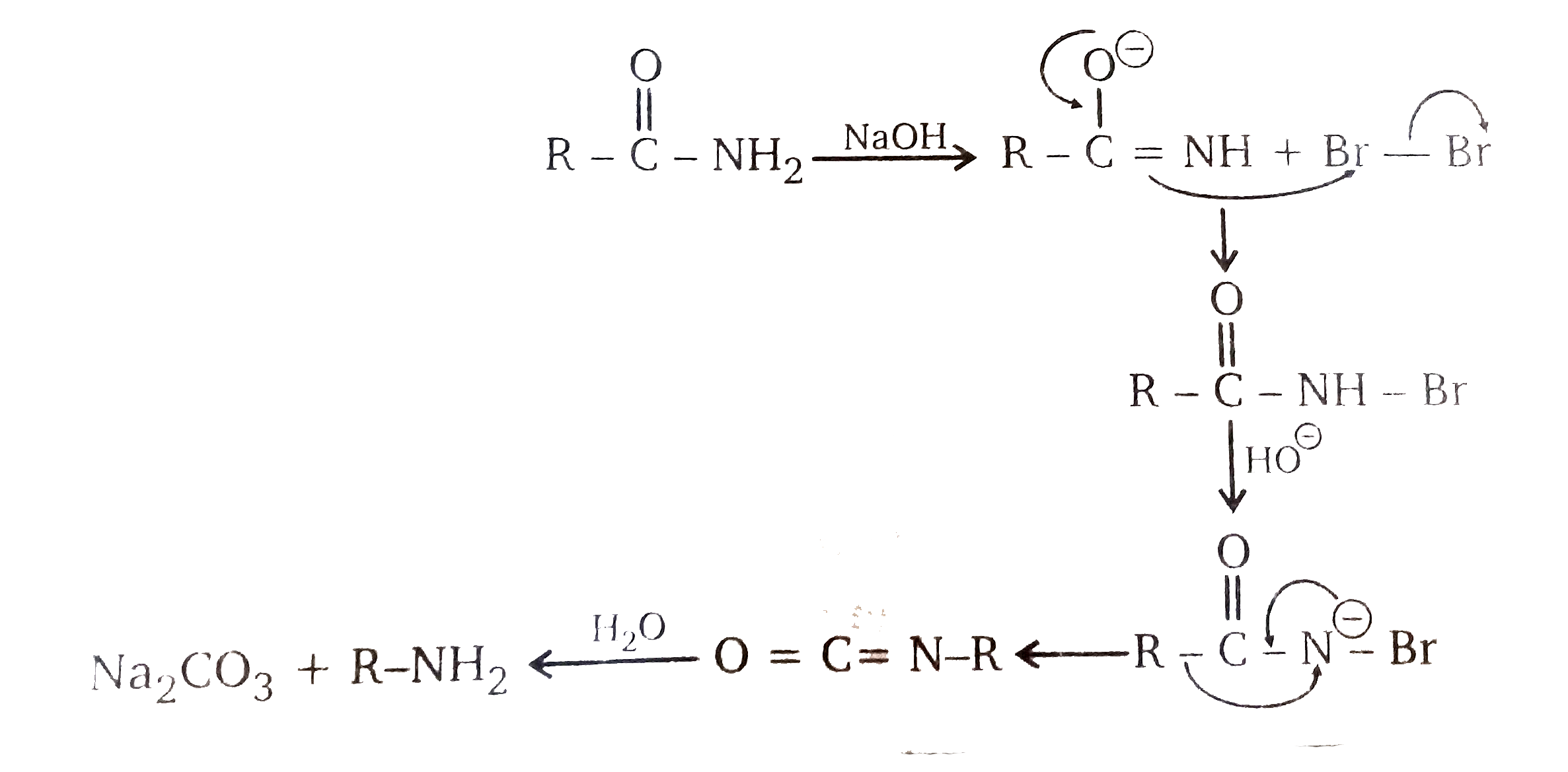
 Product (A) :02:45View Solution
Product (A) :02:45View SolutionHoffmann bromamide reaction involves conversion of a carboxylic acid amide into an amine with a loss of a carbon atom on treatment with aqueous sodium hypobromite. Thus Hoffmann result in shortening of a carbon chain.
R=O∣∣C−NH2Br2−−−→NaOHR−NH2+NaBr+Na2CO3
Mechanism of the reaction is :
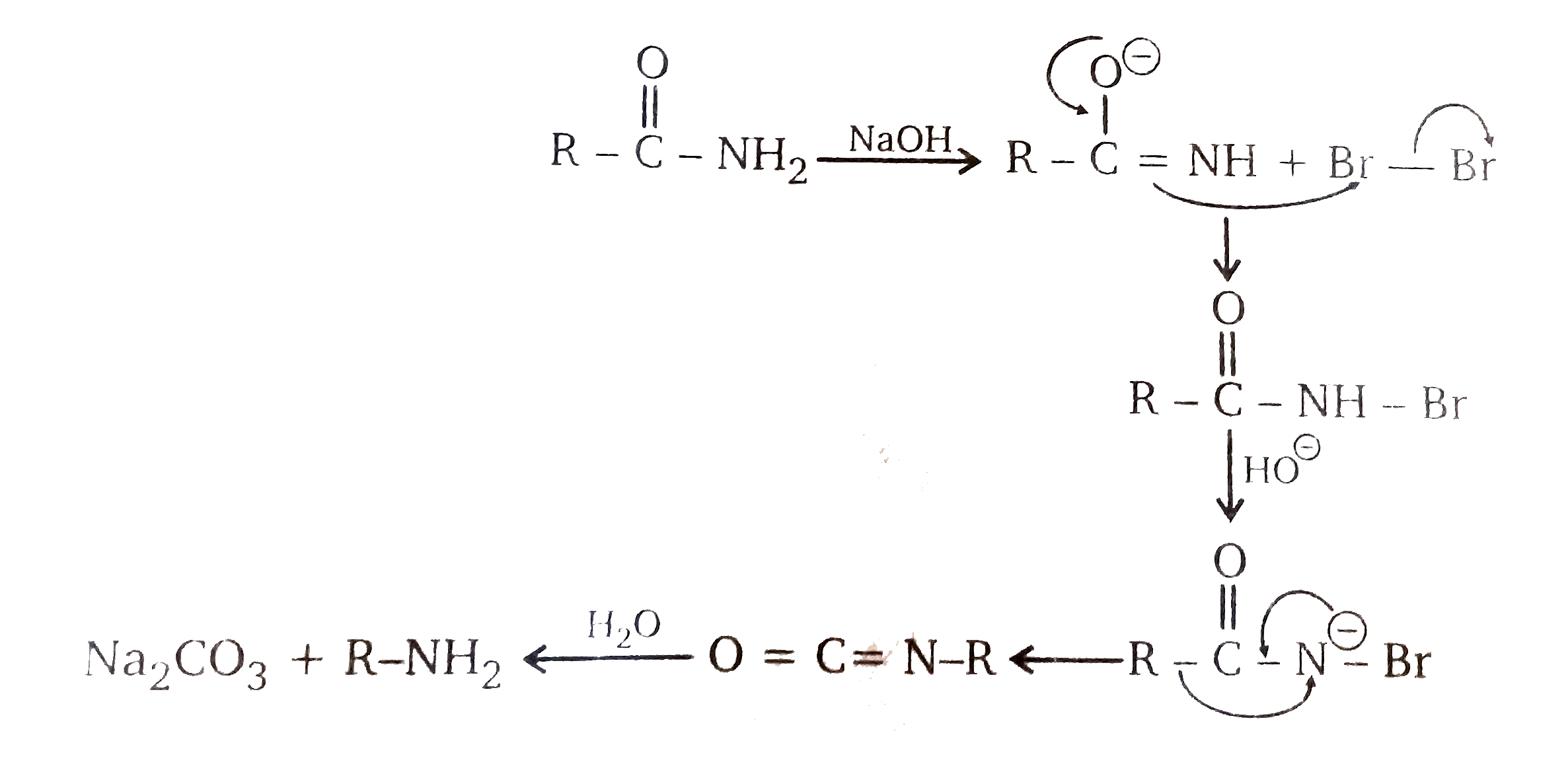
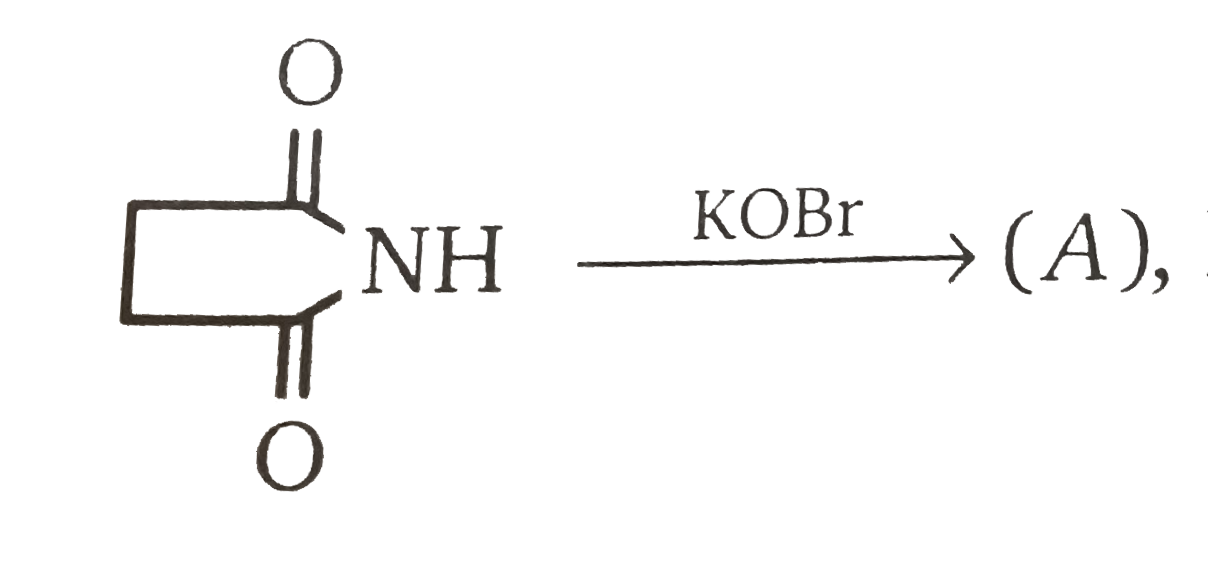 03:19View Solution
03:19View SolutionIn Hofmann bromamide degradation reaction R-overset(O)overset("||")C-NH_(2)+KOH+Br_(2)rarr intermediates are:
View SolutionIt involves conversion of a carboxylic acid amide into an amine with a loss of a carbon atom on treatment with aqueous sodium hypobromite. THus Hoffmann result in shortening of a carbon chain.
R−O||C−NH2Br2−−−−−→NaOHR−NH2+NaBr+Na2CO3
Mechanism of the reaction is

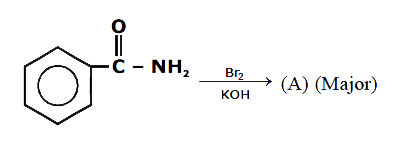
(Major) Product (A)View SolutionHoffmann bromamide or hypobromite reactions is given by
View Solutionवक्तव्य । हॉफमैन ब्रोमैमाइड अभिक्रिया में बनने वाली ऐमीन में जनक ऐमाइड से एक कार्बन कम होता है
वक्तव्य ।। N मेथिल ऐसिटैमाइड हॉफमैन ब्रोमैमाइड अभिक्रिया देता है।View Solution

